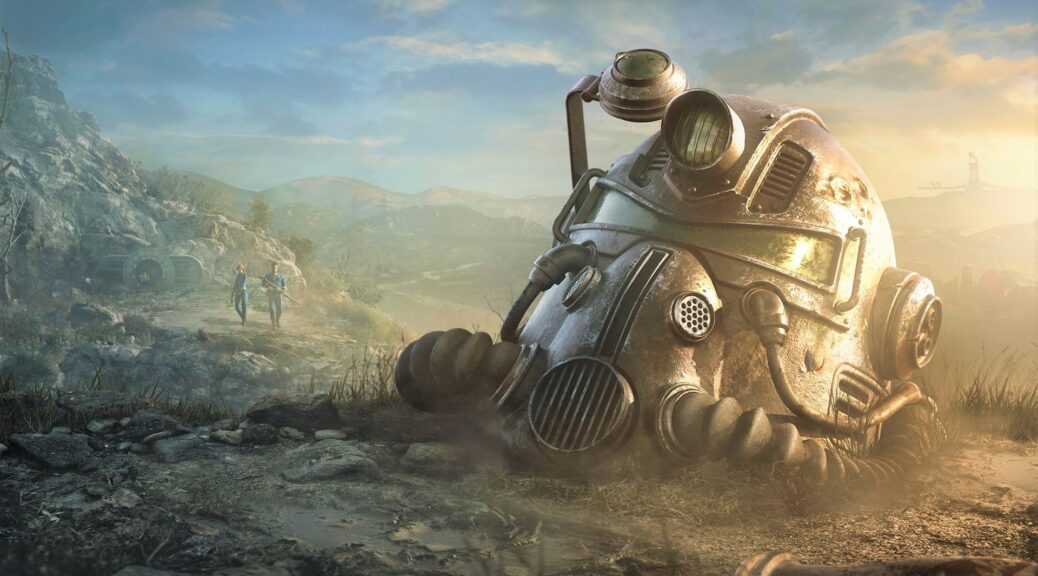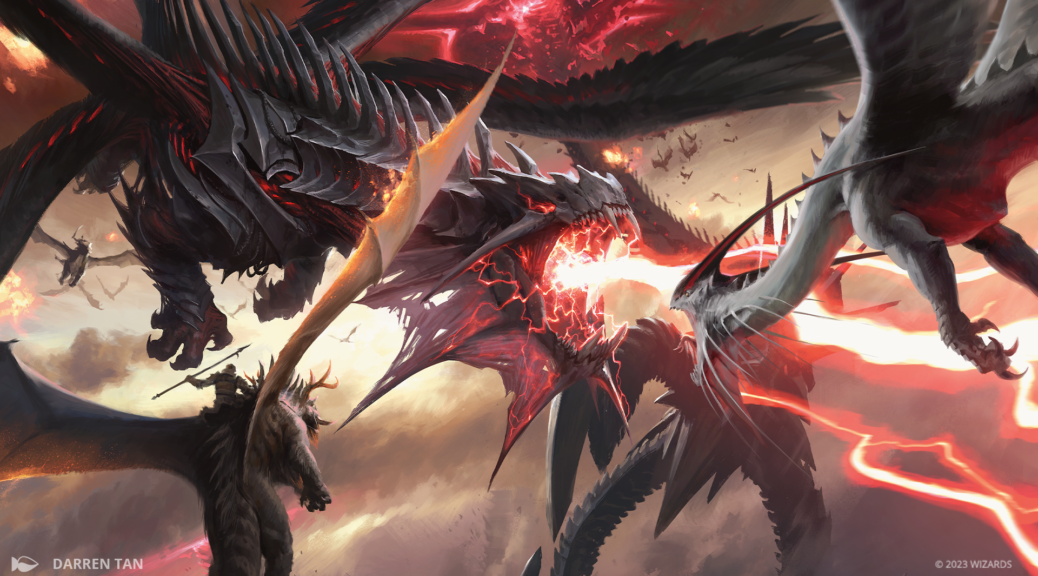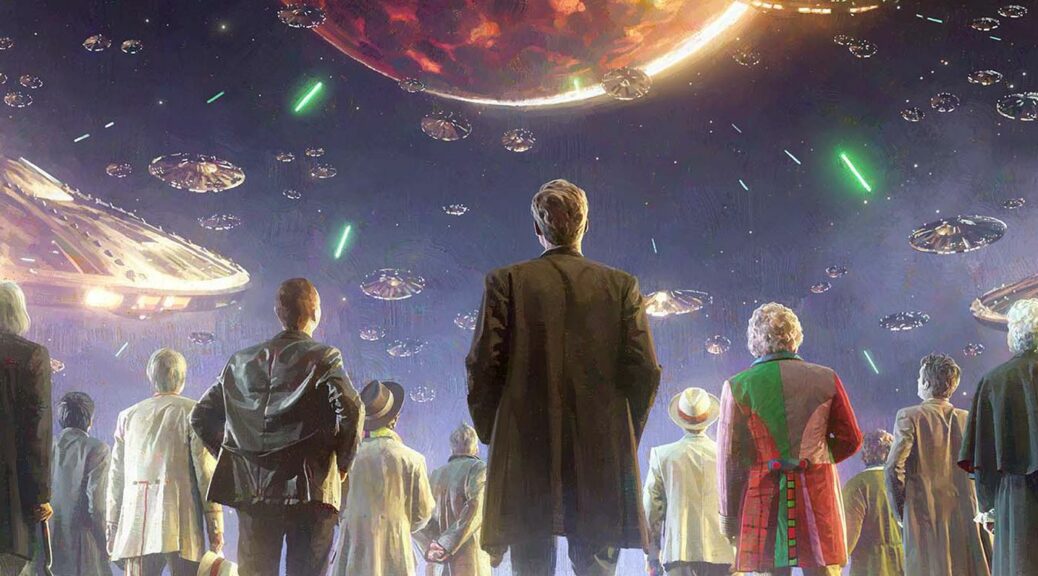The previews for Lost Caverns of Ixalan are in full force, and this week we got the full decklists for the Commander decks. Pirates, Vampires, Merfolk and Dinosaurs! For each deck, I’m going to go over some cards that they didn’t print for the theme, and if there’s a good spec.
Considering we got four decks, all of which are devoted to a single creature type each, I’m surprised that Urza’s Incubator isn’t on here. I’ve mentioned the card before, and it bears repeating: You should definitely get your personal copies now, as this many typal decks at once is a prime situation.
It’s been just at $20 for nonfoil copies, including the borderless, for several months now and it’s not going to go lower unless it’s reprinted again. That’s entirely possible, though this was a stellar opportunity to put the card in at least one of the typal decks. It’s an unfair card, though the effect is symmetrical, so be careful in pods where two people are running the same type.
Ahoy Mateys (Pirates) – They really did a remarkable job giving players every notable Pirate except for Ragavan and Dockside, but there’s a couple of sweet cards they missed.
Emberwilde Captain ($1 for the cheapest copy up to $3.50 for the most expensive)
Cards that invoke the Monarch are generally good cards. Monarch is an ability that is both fair and broken, something which really moves a game along when there’s four people all attacking each other. The Captain here has a fun damage bonus to hand out when someone attacks you. Sadly, the ability only triggers once, no matter how many creatures they swarm you with.
Pirated Copy ($10 for the only copy, a nonfoil) – Jumpstart is getting phased out, and this is one of the better cards to come out of that project. You can’t copy legendary creatures, sadly, but you do get the fun of drawing cards when it hits. There’s only the one version in circulation, so you might be able to get a big profit from these, no decisions about which one to chase.
Blood Rites (Vampires) – This is a realm where Vampires are white and black, so a lot of the sweet blue and red bloodsuckers were left out. Even so, there’s a couple of core creatures they didn’t include.
Captivating Vampire ($7 to $13) – The NM foils under $10 have already been bought out, but the foil price should reach $20 fairly easily once people get Commanders in hand and start building decks. It’s a truly unfair card in any Vampire deck, but Edgar’s propensity for token Vamps puts this in the upper echelon.
Malakir Bloodwitch (50¢ to $2) – There’s been no buyout but the card is 13 years old and there’s just not a lot left. I bought 10 in 2021 for MID/VOW block but never sold any. Protection is a less-desirable keyword these days but this card really shines with clone effects. Enjoy!

Vito, Thorn of the Dusk Rose ($4.50 to $13) – He’s a combo piece and a win condition all in one, able to swing board states that no one else can. It’s surprising how he’s dodged reprints all this time, but I wouldn’t expect that to last much longer.
Legion’s Landing ($3 to $15) – Commander is not usually a place for such an aggressive card, but even if you lose a lot of your attackers, having this ability on a land is nothing short of wonderful. More Vampires are always going to be needed.
Anowon, the Ruin Sage (50¢ to $20) – Another OG Zendikar block bloodsucker who’s dodged reprints, Anowon is an enormously unfair card. Make sure to smile big when you’re casting him or reminding opponents to sacrifice.

Rodolf Duskbringer ($6) – Jumpstart had some vicious rares, and I didn’t even know about this card till I did this research. Recursion is great, especially when it’s dependent on the life being gained, not the mana being spent. The card has fallen in price by a couple bucks recently, but the influx of vampires might raise it right back up.
Vampire Nocturnus ($4 to $30) – This was printed a couple of times, along with being a promo, so there’s a lot of copies to churn through. The good news is that if it’s a multicolor card that includes black on top, your Vampires get the bonus, and if you manage to clone the Nocturnus, you can get double the bonus!
Explorers of the Deep – There’s a few awesome Merfolk in white, but no good three-color option for the Commander. This being Simic, there’s a lot of busted stuff afoot.
Merrow Commerce ($4 to $35) – Wizards announced today that they are dropping ‘tribal’ as a term and will start using ‘kindred’ to denote having a creature type on a noncreature permanent. A lot of your Merfolk want to tap and untap, and Commerce is one of the ways to really crank the shenanigans in your deck.
Murkfiend Liege (50¢ to $18) – Not a Merfolk, but utterly busted. Many of your Merfolk will get the full +2/+2 bonus, and Iike I said, untapping is a mega bonus, especially with some of the creatures coming up on this list. Etched foils would be my target, as they are the only unique-looking version out there.

Lord of Atlantis ($5 to $40) – Just announced on the List, so the profit margin might be impacted, but you only get a Lord every 720 Set Boosters. I’m not expecting a huge influx of copies, but I am expecting a huge number of people to seek out a copy.
Lullmage Mentor ($1 to $9) – Be warned, you get this plus an untapper out, and you might induce some rage-quits at your table, leading to you being targeted in subsequent games. Use tools like this thoughtfully, and never hastily.
Merrow Harbinger ($1 to $11) – I’m pretty amazed that these weren’t printed in the deck, to even add the nonfoils in, but here we are, with a $1 card set to bump to $2 or $3 given the demand and the amazing amount of time since this has had a printing.
Path of Discovery ($1 to $3) – Finally, since so much of this deck focuses on exploring, why not make sure that every creature has explore? The foils are cheap still, and there’s plenty online to buy. Again, there’s nothing besides a regular frame foil to chase, so you can stock up if you like the spec.
Veloci-Ramp-Tor – A really amazing Dinosaur deck, highlighted by the reappearance of several key cards and awesome accessories.
Honestly, I wrote about a lot of cards in this deck last month. You can go back and read it here, but here’s what didn’t get printed from that article: Forerunners of the Empire, Kaheera, Polyraptor, Thrasta. The rest got tagged, so make your moves and good hunting!
Cliff (@WordOfCommander at Twitter and BlueSky) has been writing for MTGPrice since 2013, and is an eager Commander player, Draft enthusiast, and Cube fanatic. A high school science teacher by day, he’s also the co-host of the MTG Fast Finance podcast. If you’re ever at an event and you see a giant flashing ‘CUBE DRAFT’ sign, go over, say hi, and be ready to draft.










